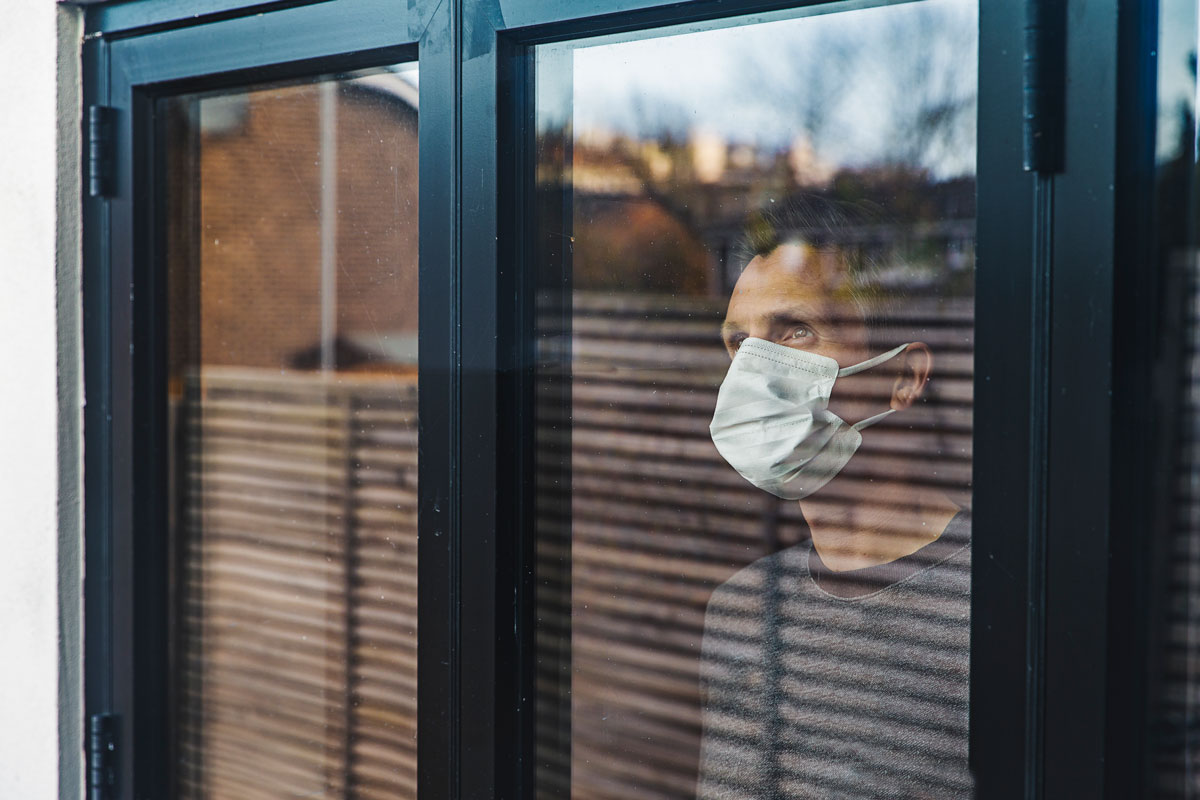How Can You Protect Yourself From This Unseen Invader?
 May 14, 2020
May 14, 2020
The Coronavirus and COVID-19 went from far-off health issue to global pandemic in a short time earlier this year. While we all know the consequences, you might not be sure of exactly what a virus is and why it is so dangerous. So let’s start at the beginning: a germ.
A germ is a small mass made up of living substance. One type of very tiny germ is called a virus. When these minute infectious agents enter your body, they hijack your normal, living cells and use them to multiply. Familiar illnesses like the common cold and flu are caused by viruses, as are many often more serious diseases such as HIV/AIDS and chickenpox.
Not all viruses will make you sick. That’s because your immune system typically springs into action and attempts to fight off this invader. If you do get sick, however, treatments are often only available to help alleviate the symptoms while your immune system does its work. Vaccines, on the other hand, like the annual flu shot, help prevent you from getting many diseases caused by viruses.
Bacteria and viruses are not the same thing. Certain illnesses, like strep throat and urinary tract infections, are caused by bacteria and not viruses. Antibiotics are used to treat bacterial infections—they are not used to treat viral infections.
A New (or Novel) Respiratory Virus Emerges
As everyone knows by now, Coronavirus Disease 2019, or COVID-19, is a respiratory virus first identified in Wuhan, Hubei Province, China. The World Health Organization (WHO) declared COVID-19 a global pandemic.
This virus is "novel", which means it hasn’t been seen in humans until now. Unfortunately, that also means our immune systems don't know how to fend off this virus in the way that we know how to defend against viruses we’ve been exposed to previously. As of this writing, a vaccine is not available for COVID-19.
Another thing that sets this virus apart is that it is highly contagious. We talked about germs being small masses of living substance. When something is contagious, these small masses can be transmitted from person to person. In the case of COVID-19 it is typically transmitted when you touch or use something an infected person has touched or used or if you inhale an infectious microbe after an infectious person has sneezed or coughed nearby. One of the reasons it's so important not to touch your face is that this germ can enter your body through a mucous membrane, like those found in your eyes, nose and mouth. If you pick up the COVID-19 virus on your hands and then touch your face, you may become infected. Some types of infections, like Lyme disease, spread from an animal or insect to a human, but they aren't transmitted from person to person.
Prevention
The CDC recommends individuals and families follow everyday preventive measures.
- Social distancing – avoiding crowds and crowded spaces, avoiding handshaking and hugging, deliberately staying at least six feet away from other people, and replacing in-person visits with remote check-ins using technology.
- Cover coughs and sneezes with a tissue, then dispose of the tissue.
- Wash hands often with soap and water for at least 20 seconds; especially after going to the bathroom, before eating, and after blowing your nose, coughing or sneezing.
- If soap and water are not readily available, use an alcohol-based hand sanitizer with 60–95% alcohol. Routinely clean frequently touched surfaces and objects.
- Stay home when you are sick with respiratory disease symptoms.
If you develop a fever or cough or have difficulty breathing, or have had close contact with someone who has had a confirmed positive COVID-19 test result, please seek medical attention by calling your provider's office. →
